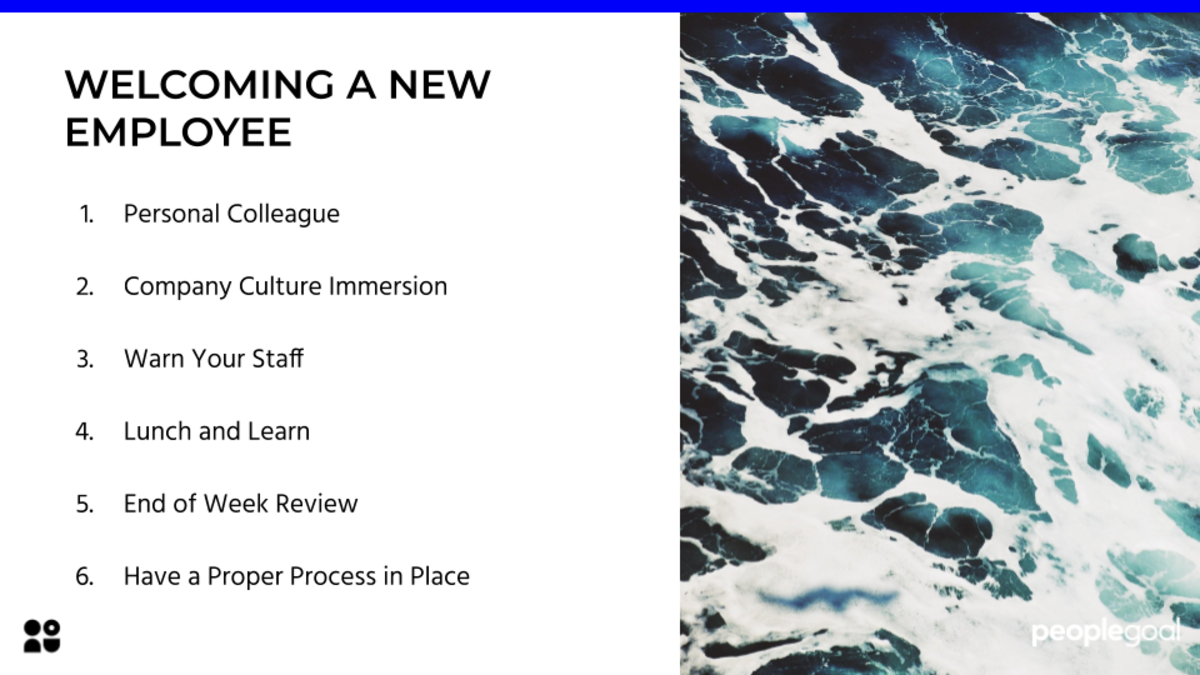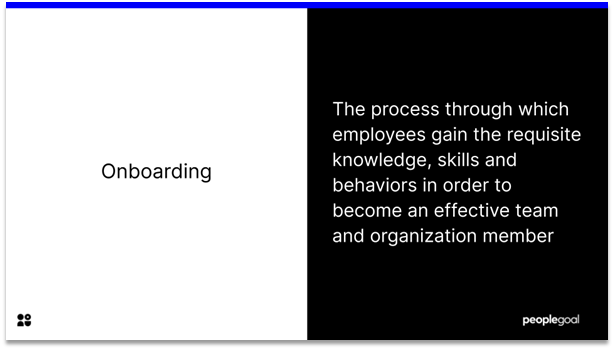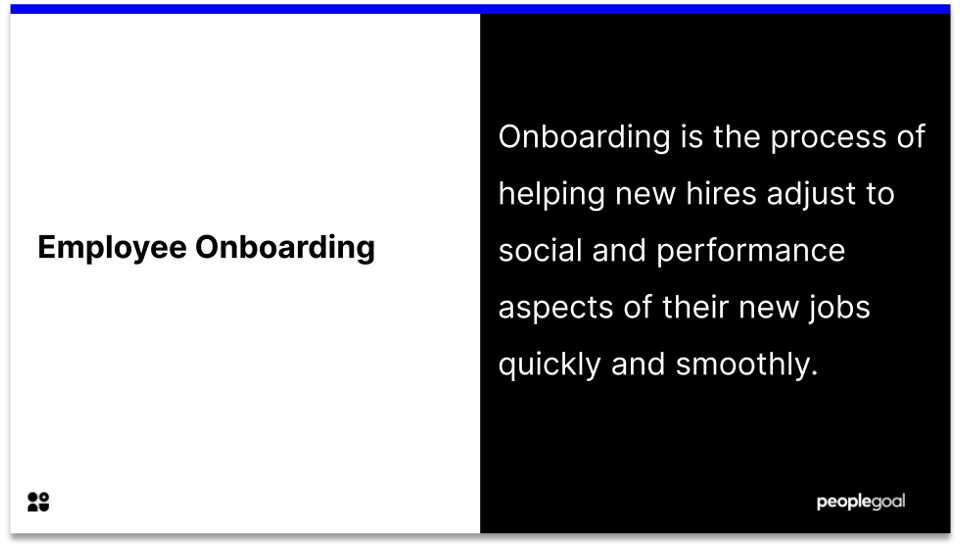Not always but for many individuals, the prospect of joining a new company can be fraught with feelings of uncertainty and anxiety. Questions circle through the mind of an onboarding employee, speculating over how they should introduce themselves to their new team members or dreading doing something unforgettably embarrassing. These concerns are only exacerbated when employees are met with the prospect of having to do all of these introductions through a screen.
As evermore companies have resorted to remote working, the onboarding experience presents very different hurdles for new remote employees to overcome. Proper preparation and handling of this new onboarding process will have significant benefits for your organization, particularly with maintaining a high level of employee retention. This list presents 10 hacks that you might consider to improve your remote employees’ onboarding software.

10 Hacks to improve your remote employees’ onboarding:
- Prepare for their arrival
- Ensure they have the necessary equipment
- Provide them with the necessary documentation
- Establish a clear schedule
- Get to know the team
- Schedule regular one-on-one video calls
- Run genuinely helpful training sessions
- Onboard in cohorts
- Encourage personal development from the get-go
- Obtain feedback
1. Prepare for their arrival
As you welcome a new employee into your company, you should set out to make sure that they feel comfortable on arrival. Given that remote employee onboarding won’t be physically entering the company office or workspace, there must be an additional effort to ensure a positive experience of remote onboarding.
Before their start date, send a warm welcoming message and let them know that you’re excited for them to become a part of your team. An inviting work environment will reassure any new employees to quickly get along with the rest of the team.
2. Ensure they have the necessary equipment
Bring the office to the employee, when working remotely not all people will have the tech or other facilities required for them to be able to do their work. Just as you wouldn’t let a new builder go into a construction site without a hardhat, you must ensure that a remote onboarding employee is equipped to actually be able to carry out their tasks.
Prior to their first day of work, determine what if any equipment they need to be sent out to them. It’s no use having someone start a job when they aren’t even equipped to do it.
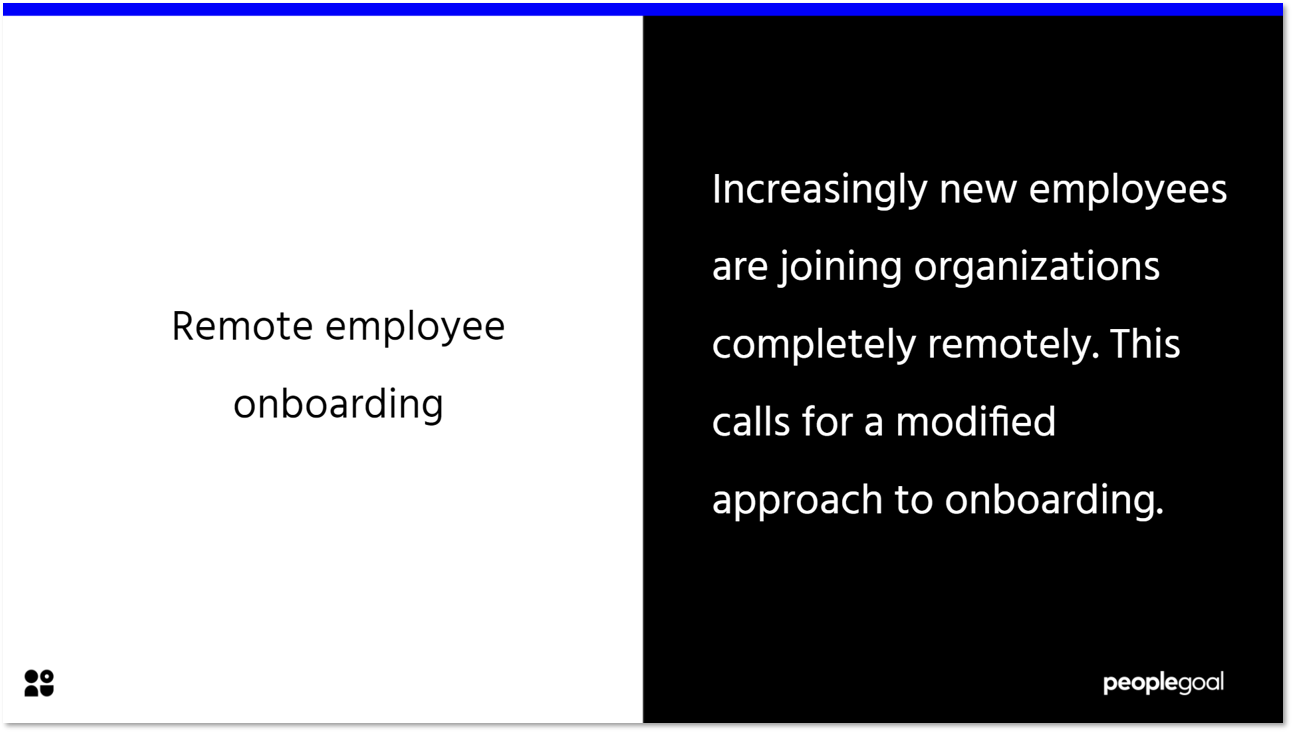
3. Provide them with the necessary documentation
When starting in a new job, many employees will want to learn about the specifics of their role and the expectations they must fulfill. Be sure to send over documents covering areas such as the onboarding process, the company’s work policy and any other information that will be important and useful for them to know.
A new employee will also likely want to know about the company culture and history, therefore create some form of document or presentation that they can read. This will give the remote employee onboarding a more rounded appreciation of the company. Employee orientation is vital to ensure the new hire feels aligned with the company’s goals. It also compensates for what they might not be able to easily interpret regarding the work environment when working remotely.
4. Establish a clear schedule
Ensure that new employees have a clear understanding of the daily, weekly and monthly processes of the company. With an ability to better visualize what the experience of remote work will entail, this facilitates the employee onboarding to attain a greater awareness of what is expected of them in their role.
From outlining dates for training sessions to times for team video calls, new employees significantly benefit from having a well-planned onboarding program. In fact, 69% of employees are more likely to stay with a company for three years if they experienced great onboarding. HR professionals that can provide an effective onboarding checklist will make the first 90 days far more enjoyable.
5. Get to know the team
Use video calls to introduce all members of the team. Distributed teams must still be able to form relationships. Of course, this is made more difficult when working from home, however, through encouraging a company culture where any team member is open to answer questions – new employees will feel more comfortable and secure in their work relationships.
You might want to encourage employees to connect on social media platforms as this can help integrate a fuller and more genuine bond between employees as they get to know each other.

6. Schedule regular one-on-one video calls
Be sure to provide the remote employee onboarding with plenty of opportunities to ask questions and to develop their understanding of their role. Video chatting is the closest you can get to face to face communication when working remotely, its value is demonstrated through its capacity to enable employees to build a rapport with managers.
Particularly at a time when normal social interactions are being deteriorated for the prevention of COVID-19 spreading, it is important to make space for personal connection.
7. Run genuinely helpful training sessions
Sometimes it might seem necessary to simply drop a heap of information on a new employee, for them to then try and piece it all together. Although more often than not this just leaves the employee feeling overwhelmed or lost with random scribbles and notes all over the shop. It is more time-efficient and effective to secure their knowledge base by engaging with them in training sessions. Give them time to form questions and develop an organic understanding of the organization and their role.
In a remote learning scenario, arrange more interactive training sessions. This way contributing to a less overwhelming onboarding experience for a new remote employee.
8. Onboard in cohorts
Why go through the same onboarding process five times a year when you could simply run through the whole onboarding program in one fell swoop? On top of saving time and effort, establishing a new team also encourages new employees to form bonds with the rest of the distributed team. This technique will also improve employee retention as it is less likely that a new employee will feel isolated in the onboarding process.
Furthermore, the remote employees will be able to communicate with these other remote team members through video calls or social media to learn and grow their confidence in the role. Creating a work environment where new employees do not feel disconnected from the rest of the team is crucial for employee wellbeing. An employee’s first day will be much more reassuring when shared with others in the same position.
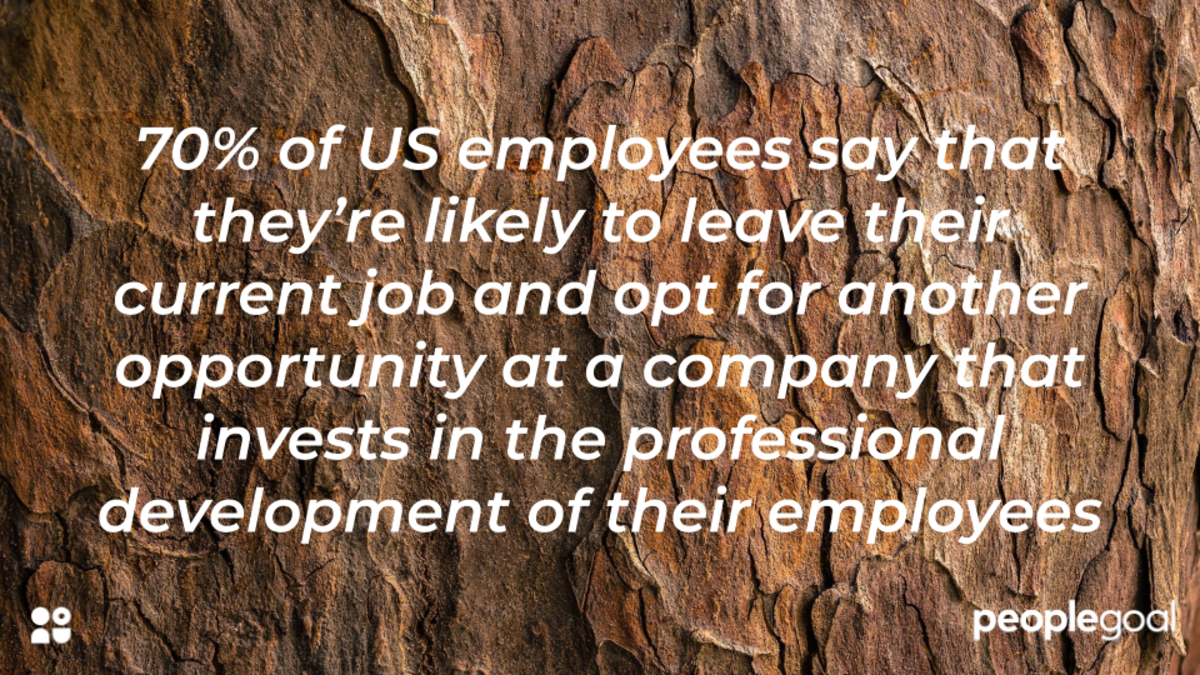
9. Encourage personal development from the get-go
Start as you mean to go on with the development of new employees and encourage them to become more involved with their learning and development plan from day one. This sets a tone for the understanding of work within your company – as a process of self and organization-wide improvement.
Emphasize the significance of career development by promoting the beneficial outcomes, not just for themselves, but also for the organization. The purpose of good remote employee onboarding is not just to enable a smooth transition into an organization but also to encourage employees to excel in their roles and grow their professional skills.
10. Obtain feedback
In order to keep improving the onboarding process, it is necessary to gather insights from the remote onboarding employees. Building on what you learn from their onboarding experience, you can avoid making the same mistakes or bring more focus to relevant areas.
The best way to understand your remote onboarding process is to ask those who have actually been through it. Whatever you gather from the feedback can be applied to improve the experience for the next wave of remote employee onboarding. This also has endless benefits in terms of sustaining better employee engagement.
Ready to 3x Your Teams' Performance?
Use the best performance management software to align goals, track progress, and boost employee engagement.

